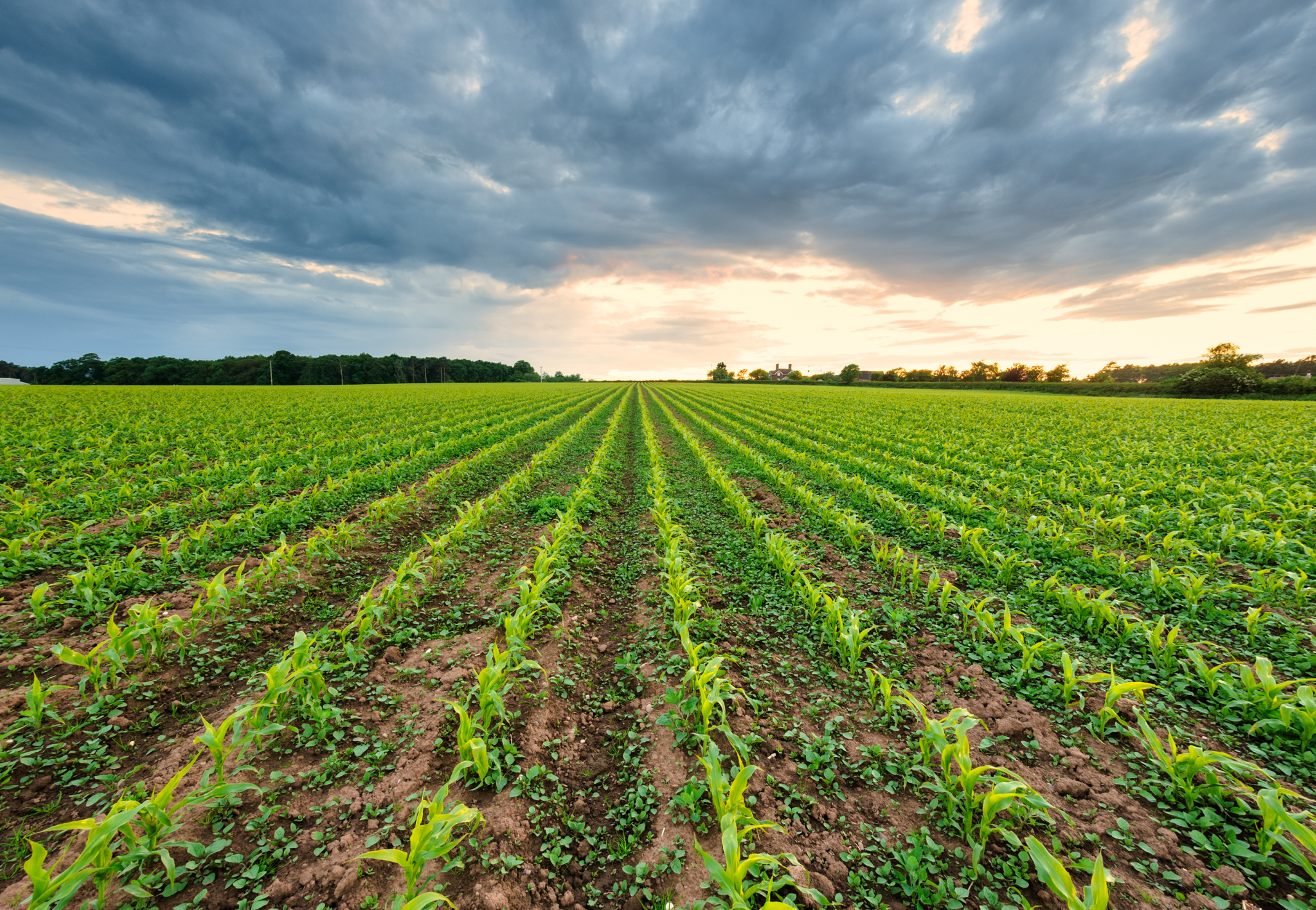We have all heard about aminoacids, molecules present in peptides and proteins that are of vital importance in living beings, including plants, which synthesize them from oxygen, carbon and hydrogen.
And what is the role of aminoacids in plant nutrition? Well, it has many functions, but all of them are summarized in its contribution to the growth and development of the plant, by facilitating the correct absorption of nutrients.
In current agriculture, the use of amino acids is increasingly common, since they contribute to mitigating abiotic and biotic stress in crops. Therefore, the ideal time to apply them is when the plants are in the growth, flowering and fruiting period or during unfavorable external conditions.
How do aminoacids work?
Amino acids are synthesized in a way that fulfills functions such as improving nitrogen absorption,the chelating effect (such as that of L-proline) or the antioxidant action of L-glycine betaine.
Almost all amino acids can be applied both foliar and by irrigation. It will depend on the objective we have with your application.
Why is an extra supply of aminoacids important?
Aminoacids are assimilated from the nitrogen absorbed by the roots, so it is a process that requires a high energy expenditure for the plant. Therefore, the contribution of aminoacids in formulations such as Aminon in all its variants is essential on many occasions.
How many aminoacids exist and what functions do they have?
In nature there are around twenty essential amino acids, which are part of proteins, and others (more than 200) that are non-structural.
Some of the benefits they provide?
- Facilitate the correct development and growth of crops.
- Reduce the effects of thermal stress caused by excess or lack of water, wind, hail, salinity, etc.
- Prevent the plant from consuming more energy than necessary, something that can weaken it or alter its metabolism.
- Helping the fruit set and improve their caliber and color.
- Improving the relationship of sugar and acidity in the plant.
- Promotion of the production of phytohormones, essential for growth –such as ethylene– or flowering.
- Promotion of more resilient crops.

MORE ADVANTAGES OF PROVIDING AMINOACIDS TO THE PLANT?
- The application of amino acids is completely safe, since they are free of phytotoxicity and, therefore, conform to zero-residue agriculture.
- The use of a biostimulant with aminoacids improves the quality of the fruits and increases the plants natural defenses against pests, diseases, frost…
- By providing energy to plants, amino acids generate a greater number of leaves, stems and roots.
SOME OF ITS BENEFITS
We continue working to provide natural biosolutions to the field









